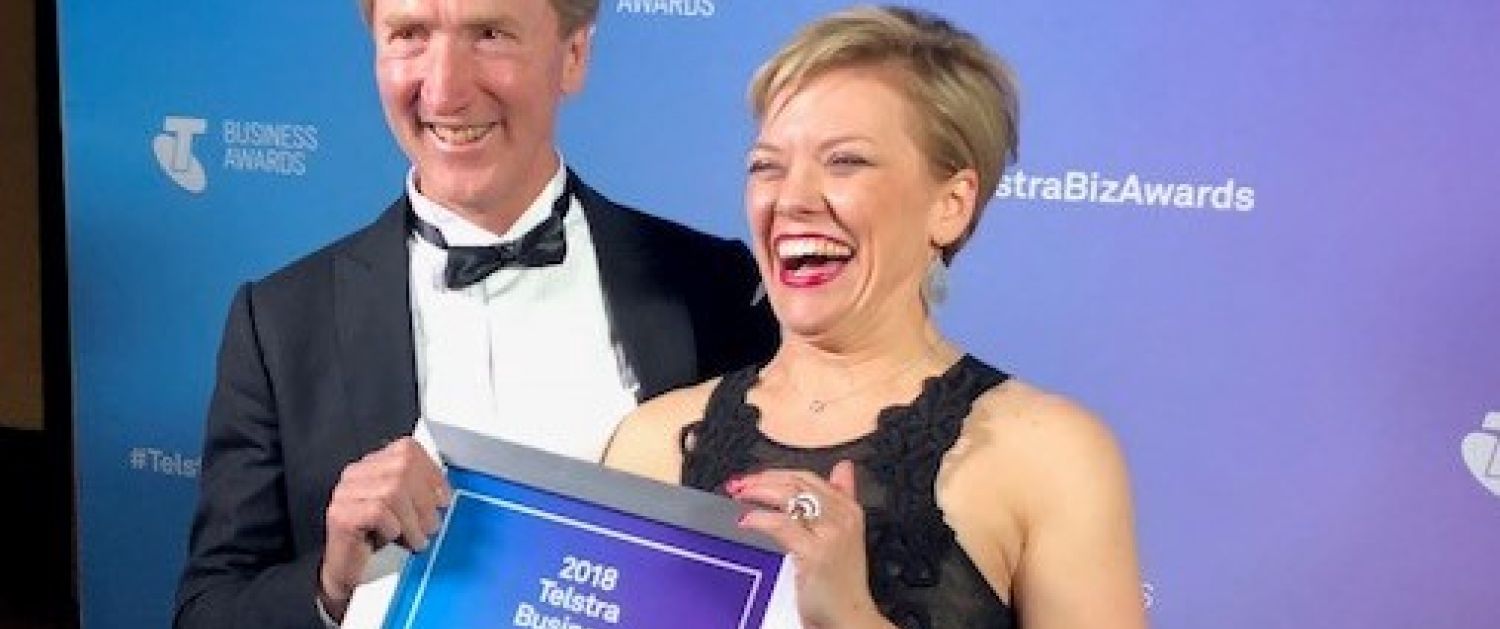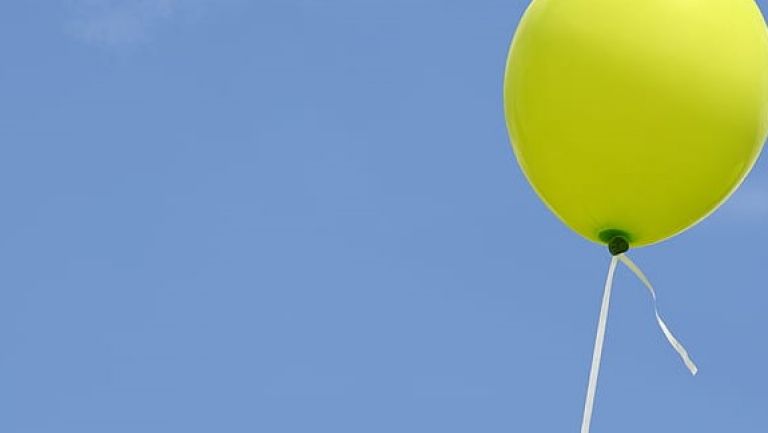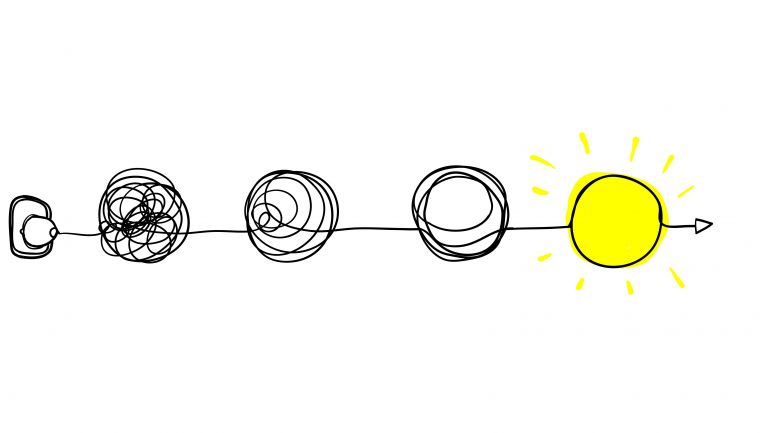Sign up for our monthly newsletter

The three sledgehammer moments that changed everything for ThinkPlace
If you really want to build something of value, sometimes you have to start with a sledgehammer.
It’s a powerful idea - creative destruction - but to be honest it felt more like hard labour, swinging that hammer around as I set about demolishing a small space above a shopfront in suburban Yarralumla, throwing bits of busted office out the window and into a waiting ute. Ferrying it all to the tip.
Out with the old.
Just weeks earlier I had quit my job as an Assistant Commissioner at the Australian Tax Office. A senior job. An important job.
I had left with a big idea and some (possibly unwarranted) confidence that its time had come. I had left with a determination that the design thinking methods our team at the ATO had pioneered within the Australian Public service could be applied more broadly. That a moment was coming when they would be widely adopted. Even sought after.
But I was a company of one. And I was risking a lot.
When I look back now, at the global network we have built, at the global scale of how we’re working, at the sheer amount of positive impact we’ve been able to make, I am blown away.
One job became two. And then three. I was always busy, but for 12 months I was on my own. Then I was joined by my former colleague from the tax office – Nina Terrey.
Nina is a great influence on my thinking and on the shape of ThinkPlace. The way she sees the world. Sees problems.
I had a background in complexity and chaos theory, as well as design thinking. She was expert in facilitation, in working with clients to come up with creative solutions in the room. In pursuing methods that were always experimental, cutting-edge and truly innovative.
Together we felt there was an opportunity for a company that helped to enable strategic conversations. A company that had the ability to help the right people talk to each other to help solve complex challenges.
Over time that sense of purpose has shifted a lot. We’ve added the ability to examine and understand complex systems (something that I believe separates us from others in the market who use design-led methods).
And, perhaps most importantly, we’ve added a sense of purpose.

Why do we do what we do? To create social good. To make positive change. Making that shift multiplied our focus, our energy and our impact.
After 18 months, Nina and I recruited two people. We were a team. A few months later we grew to five. We looked around and thought: “Now we are a company”.
Our stretch goal was to imagine a team of seven or eight. That we’d have enough people to all sit around the table on a Friday night, enjoying a beer and reflecting on a successful week. It seemed optimistic.
We still do this as a ritual at ThinkPlace every Friday. Only now it is a virtual table, spanning studios in Sydney, Melbourne and Canberra. It includes dozens of people (and the stories of impact have gotten a little more dramatic).
At least three times, across the history of ThinkPlace, we’ve come to the limit point of our vision and had to take out the sledgehammer again. Swing it round. Find that next breakthrough.
One was about five years after we started. We had built a successful Canberra business of 10-12 people. Where were we headed next? We weren’t exactly sure.
I was in New Zealand, meeting with Jim Scully, a client of ours and a peer who had done similar work within New Zealand’s Inland Revenue Service to what Nina and I had done at the ATO. We went for fish and chips at a local surf club. Jim was restless, he said. He was thinking of leaving. Maybe starting something on his own.
“Why don’t you set up ThinkPlace New Zealand?” I suddenly said.
His courageous jump increased our number by only one but it was a massive shift. It made us international. It changed our psyche. It gave us the beginnings of a new direction (and when I look at the success of ThinkPlace New Zealand today and how it has been built up by Jim, Leslie Tergas and so many other people I always think back to that lunch).
A few years later, a second breakthrough moment took place. Darren Menachemson, another former colleague from the ATO, had come on board as a Partner. Darren’s relentless drive was helping us build a digital arm of the business but had also been the nudge for us to take on some work with microfinance in Africa.
Our business and our outlook were expanding. Not long after, I was invited to Lake Como in Italy to take part in a global innovation summit featuring top thinkers from places like Stanford and Harvard. Maybe I was feeling overconfident.
On the plane to Europe, for some reason, I just started writing. I began with a somewhat audacious title: “ThinkPlace Global Manifesto”.
I wrote about a new kind of corporate entity – a global network of companies that were tightly aligned on vison, on brand and on shared values but allowed plenty of autonomy for each business to explore what worked best in its own market.
And then we made it happen.
Today, ThinkPlace is a network comprising eight studios across five nations. From within these studios we form teams that collaborate upon projects all over the world. We worked in around 40 different countries in 2017 alone, from our bases in Australia and New Zealand, Singapore, Kenya and the United States.

The third moment that changed everything came in Perth, Australia, where our Global Forum was held in January 2017. Together, as a leadership group we settled on an audacious objective: To move the needle on the United Nations Sustainable Development Goals.
This commitment changed everything again. We had always been a company that strove for profit with purpose. Now that purpose was elevated exponentially.
As our sights lifted, our ambitions grew. And results soon followed. ThinkPlace was chosen to partner one of the world’s foremost foundations in a major global nutrition intervention.
Not long afterwards we were selected as design lead on a USAID and Johns Hopkins University project that – at a budget of $300 million – represents the largest public health initiative in the world today.
And all the while our studios built their profile and our work continued to speak for itself. In design-led digital transformation. In organisational and cultural transformation. In advancing renewable energy, tackling family violence and strengthening the institutions of government and society.
No successful company spends too much time looking backwards. There are too many things to look forward to in the future. We are building now an ecosystem of people, partners and capabilities, collaborating with major universities, philanthropists, NGOs and governments to drive change in the world.
That’s our next horizon.
We do things a little differently to most. At times we’ve sought to demolish the old ways of tackling the kinds of complex problems that the 21st Century throws up. We have the dual ability to zoom deep into a system, spend time with people on the ground and understand their lived experience before zooming back out and analysing at a systems level.
But at moments such as this one – when our once-small company is spotlighted at Australia’s most prestigious business awards – it’s at least permissible for a moment to look back and smile.
And to reflect that it’s amazing just what you can build when you start with a sledgehammer and a good idea.







